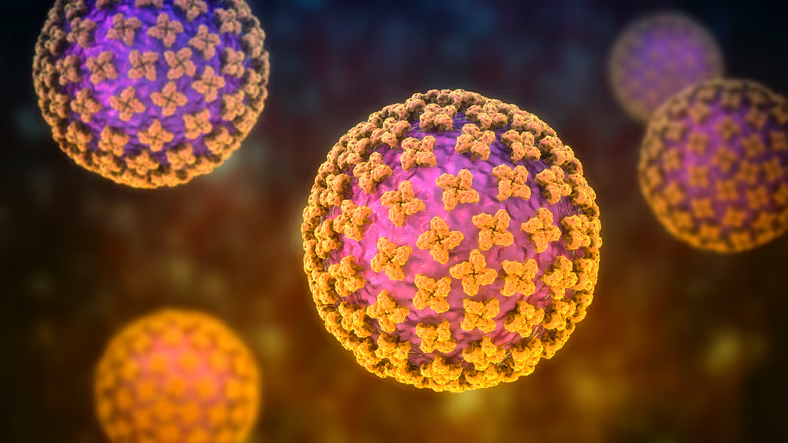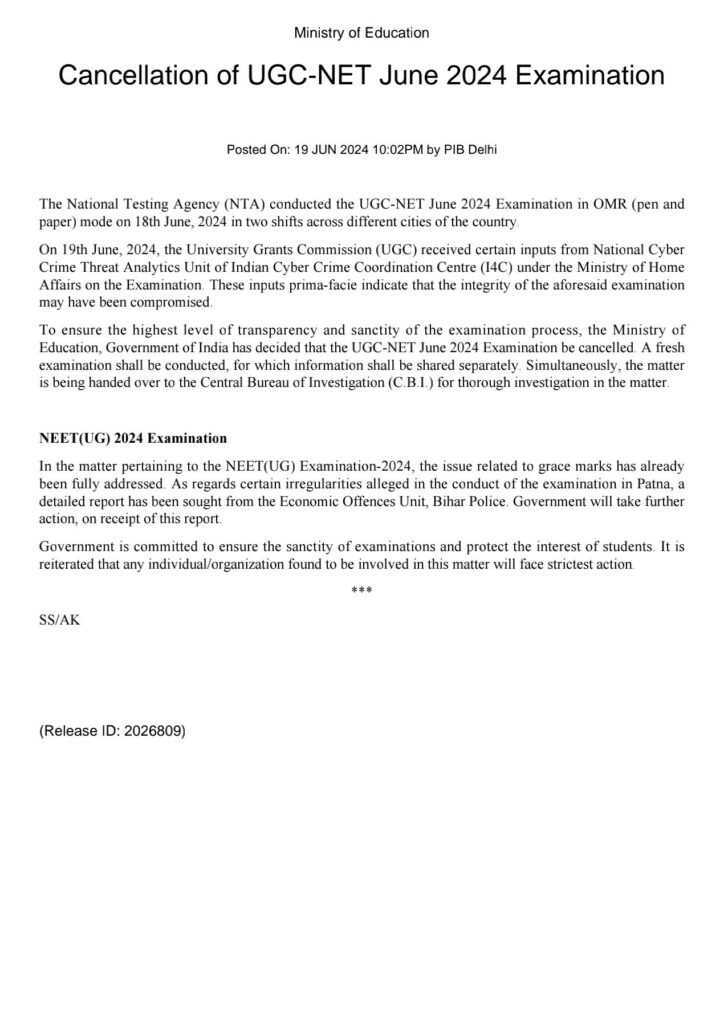
What are the symptoms of hantavirus?
Hantaviruses belong to a family of viruses capable of causing life-threatening diseases. These viruses lead to conditions such as Hantavirus Pulmonary Syndrome (HPS) and Hemorrhagic Fever with Renal Syndrome (HFRS). The primary mode of transmission is through contact with rodents and their secretions, as human-to-human transmission is rare.
Modes of Transmission
Hantaviruses infect individuals worldwide through exposure to rodents, including rats and mice. The virus is present in their saliva, urine, and feces, which can contaminate surfaces and air when disturbed. Although rare, rodent bites or scratches can also spread the virus.
Types of Hantavirus Infections
- Hantavirus Pulmonary Syndrome (HPS) – Prevalent in the Western Hemisphere, particularly in the U.S., where it is primarily transmitted by deer mice.
- Hemorrhagic Fever with Renal Syndrome (HFRS) – Mostly found in Europe and Asia, though Seoul virus, a type of hantavirus causing HFRS, has a global presence, including in the U.S.
Symptoms of Hantavirus Infections
Hantavirus Pulmonary Syndrome (HPS)
HPS is a critical respiratory illness with symptoms appearing 1 to 8 weeks after exposure.
What are the first signs of hantavirus?
- Fatigue
- Fever
- Muscle aches (especially in thighs, hips, back, and shoulders)
Additional Symptoms (in 50% of cases):
- Headaches
- Dizziness
- Chills
- Gastrointestinal issues (nausea, vomiting, diarrhea, abdominal pain)
Severe Stage Symptoms (4-10 days after initial symptoms):
- Coughing
- Shortness of breath
- Fluid accumulation in the lungs
- Chest tightness
HPS has a high mortality rate, with 38% of respiratory cases resulting in death.
Hemorrhagic Fever with Renal Syndrome (HFRS)
HFRS is a serious kidney-related illness that manifests 1 to 2 weeks post-exposure, though symptoms can take up to 8 weeks to develop.
Initial Symptoms:
- Severe headaches
- Back and abdominal pain
- Fever and chills
- Nausea
- Blurred vision
- Skin flushing and eye redness
Advanced Symptoms:
- Low blood pressure
- Circulatory shock (restricted blood flow)
- Internal bleeding
- Kidney failure (causing severe fluid retention)
The severity of HFRS depends on the viral strain. Hantaan and Dobrava viruses have a 5-15% fatality rate, whereas Seoul, Saaremaa, and Puumala viruses result in milder symptoms with less than 1% mortality. Recovery may take weeks to months.
Reducing the Risk of Infection
Rodent Control Strategies
Minimizing rodent exposure is crucial to preventing hantavirus infections. Effective prevention measures include:
- Sealing cracks and holes in homes, garages, and workplaces.
- Using traps to manage rodent populations.
- Removing food sources that may attract rodents.
Diagnosis of Hantavirus Infection
Diagnosing hantavirus infections within the first 72 hours is challenging. Initial symptoms can resemble influenza, leading to misdiagnosis. If a patient has had rodent exposure, they should inform their healthcare provider immediately.
Hantavirus Prevention Measures
Key Prevention Strategies:
- Avoiding contact with infected rodents or their excreta.
- Cleaning up rodent waste properly using safety measures.
- Taking protective precautions when handling rodents.
How Hantaviruses Spread
Hantaviruses become airborne when infected rodent droppings, urine, or nesting materials are disturbed. The virus can enter the body through:
- Inhalation of contaminated air
- Direct contact with contaminated surfaces
- Cuts or wounds exposed to rodent secretions
Who is at Risk?
High-Risk Groups:
- Pest control professionals and exterminators
- Animal caretakers and pet owners
- People handling wild rodents
- Individuals cleaning infested areas
Risk Factors for Pet Owners
Pet rodents, particularly rats, are not advisable for:
- Children under five years old
- Pregnant women
- People with weakened immune systems
Proper handling and testing of pet rats are essential to prevent HFRS infections.
Safe Cleaning After Rodents
When cleaning up rodent droppings, urine, or nesting materials, ensure:
- Wearing protective gear
- Disinfecting contaminated areas
- Avoiding vacuuming or sweeping, as this can release virus particles into the air
Treatment and Recovery
Medical Care for Hantavirus Infections
There is no specific antiviral treatment for hantavirus infections. Supportive care focuses on:
- Managing symptoms
- Maintaining hydration
- Providing oxygen support for HPS patients
- Dialysis for kidney failure in HFRS patients
Severe Case Management
- HPS patients with respiratory distress may require mechanical ventilation through intubation.
- HFRS patients experiencing kidney failure may need dialysis to remove toxins and balance fluids.
Conclusion
Hantavirus infections pose a severe health risk, with potentially fatal outcomes. Since there are no vaccines or direct treatments, prevention remains the most effective strategy. Proper rodent control, safe cleaning practices, and early medical intervention can significantly reduce the risk of infection.
FAQs
What are the symptoms of hantavirus?
Hantavirus symptoms vary based on the disease type. Hantavirus Pulmonary Syndrome (HPS) begins with fatigue, fever, and muscle aches, followed by coughing and breathing difficulties. Hemorrhagic Fever with Renal Syndrome (HFRS) causes fever, headaches, abdominal pain, low blood pressure, and kidney failure.
How do you get hantavirus?
People contract hantavirus through contact with infected rodent urine, feces, or saliva. The virus spreads when contaminated particles become airborne and are inhaled. In rare cases, rodent bites can transmit the virus.
Is hantavirus curable?
There is no specific cure for hantavirus infections. Treatment involves supportive care, such as oxygen therapy for HPS and dialysis for HFRS, to manage symptoms and complications.
Is hantavirus killed by cooking?
Yes, high temperatures can destroy the hantavirus. Cooking food properly reduces the risk of infection from contaminated sources, though hantavirus is primarily spread through airborne exposure rather than ingestion.
Can a human survive hantavirus?
Yes, many people recover from hantavirus with proper medical care. However, HPS has a 38% fatality rate, while HFRS has a 5-15% mortality rate, depending on the viral strain.
Who carries hantavirus?
Rodents, particularly deer mice, cotton rats, rice rats, and white-footed mice, are the primary carriers of hantavirus. The virus is present in their urine, droppings, and saliva.
Is hantavirus a death sentence?
No, hantavirus is not always fatal, but it can be severe and life-threatening if not treated promptly. Survival chances improve with early medical intervention and supportive care.
Is breathing rat urine harmful?
Yes, inhaling airborne particles from infected rodent urine, feces, or nesting materials can transmit hantavirus and lead to severe illness.
What kills hantavirus?
Disinfectants like bleach solutions and hospital-grade cleaners can destroy hantavirus on surfaces. Sunlight and heat exposure also help inactivating the virus.
Do all rats have hantavirus?
No, not all rats carry hantavirus. However, certain wild rodent species are known reservoirs of the virus. Pet rodents can also carry the virus in rare cases.
Is there a vaccine for hantavirus?
Currently, there is no approved vaccine for hantavirus infections. Prevention relies on rodent control and safe handling practices.
What are the first signs of hantavirus?
Early signs of hantavirus include fever, fatigue, muscle aches, headaches, dizziness, chills, and abdominal pain. Symptoms worsen over time, leading to respiratory or kidney complications.

